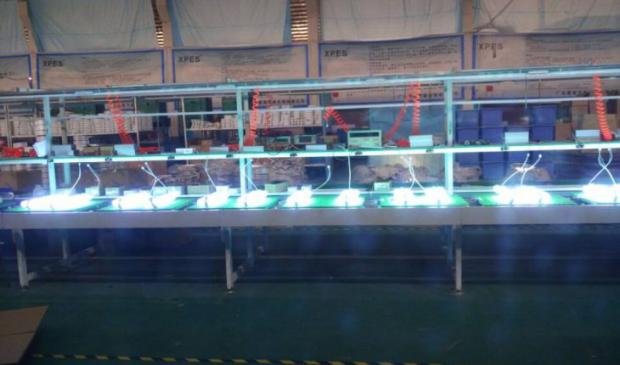
Breaking News
 WeVolt 16kWh Battery: worth $2,170?
WeVolt 16kWh Battery: worth $2,170?
 Cocoa Prices Face Worst Annual Collapse In Six Decades As Goldman Sees "Tailwinds" For Her
Cocoa Prices Face Worst Annual Collapse In Six Decades As Goldman Sees "Tailwinds" For Her
 Gold, Silver & the Next Bull Market: Expert Breakdown from Mike Maloney
Gold, Silver & the Next Bull Market: Expert Breakdown from Mike Maloney
 Futures Rise, Japanese Yields Surge, Gold And Silver Soar
Futures Rise, Japanese Yields Surge, Gold And Silver Soar
Top Tech News
 Perfect Aircrete, Kitchen Ingredients.
Perfect Aircrete, Kitchen Ingredients.
 Futuristic pixel-raising display lets you feel what's onscreen
Futuristic pixel-raising display lets you feel what's onscreen
 Cutting-Edge Facility Generates Pure Water and Hydrogen Fuel from Seawater for Mere Pennies
Cutting-Edge Facility Generates Pure Water and Hydrogen Fuel from Seawater for Mere Pennies
 This tiny dev board is packed with features for ambitious makers
This tiny dev board is packed with features for ambitious makers
 Scientists Discover Gel to Regrow Tooth Enamel
Scientists Discover Gel to Regrow Tooth Enamel
 Vitamin C and Dandelion Root Killing Cancer Cells -- as Former CDC Director Calls for COVID-19...
Vitamin C and Dandelion Root Killing Cancer Cells -- as Former CDC Director Calls for COVID-19...
 Galactic Brain: US firm plans space-based data centers, power grid to challenge China
Galactic Brain: US firm plans space-based data centers, power grid to challenge China
 A microbial cleanup for glyphosate just earned a patent. Here's why that matters
A microbial cleanup for glyphosate just earned a patent. Here's why that matters
 Japan Breaks Internet Speed Record with 5 Million Times Faster Data Transfer
Japan Breaks Internet Speed Record with 5 Million Times Faster Data Transfer
Safe to human far ultraviolet C light bands can revolutionize public health...

The findings suggest that use of overhead far-UVC light in hospitals, doctors' offices, schools, airports, airplanes, and other public spaces could provide a powerful check on seasonal influenza epidemics, as well as influenza pandemics.
Scientists have known for decades that broad-spectrum UVC light, which has a wavelength of between 200 to 400 nanometers, or nm), is highly effective at killing bacteria and viruses by destroying the molecular bonds that hold their DNA together. This conventional UV light is routinely used to decontaminate surgical equipment.
"Unfortunately, conventional germicidal UV light is also a human health hazard and can lead to skin cancer and cataracts, which prevents its use in public spaces," said study leader David J. Brenner, PhD, the Higgins Professor of Radiation Biophysics at the Vagelos College of Physicians and Surgeons and director of the Center for Radiological Research at Columbia.

 Advanced Propulsion Resources Part 1 of 2
Advanced Propulsion Resources Part 1 of 2

